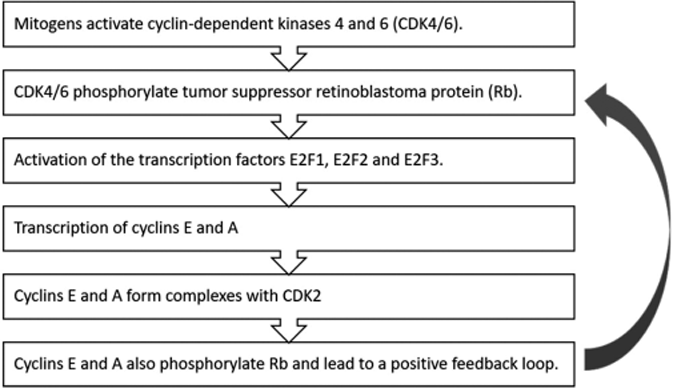Translate this page into:
Challenging conventional wisdom in molecular oncology: New perspectives

*Corresponding author: Radhika Vaishnav, Independent Scientist, Vadodara, Gujarat, India. radhikavaishnav@gmail.com
-
Received: ,
Accepted: ,
How to cite this article: Vaishnav R. Challenging conventional wisdom in molecular oncology: New perspectives. Int J Mol Immuno Oncol 2023;8:79-80.
As we rapidly move from textbook science and medicine into the age of real-time data and knowledge sharing, we occasionally come across research that challenges our commonly held “dogmas.” Keeping up with the volumes of scientific literature can be daunting. From laboratory experiments to clinics, novel perspectives keep adding flavor to our knowledge base, forming a foundation for new hypotheses.
Here is an example of a new discovery and how it ties into old dogmas and future drugs.
CAN CELLS EXIT CELL CYCLE AFTER “COMMITTING”?
Cells that are already on course to divide via mitosis can exit the cell cycle when mitogens are withdrawn. It has been conventionally believed that cells, once past the restriction point (R point) in a cell cycle, will no longer be able to exit. In fact, nearly 50 years ago, the R point was reported in PNAS as the point beyond which animal cells could divide in the absence of external mitogens.[1]
WHAT WAS/IS THE TEXTBOOK PARADIGM?

Thus, due to the positive feedback loop, the subsequent cell cycle events progress independently of the initial mitogen influence. Beyond the R point, even in the absence of mitogens, it has been believed that cells will continue to proliferate and will no longer exit the cell cycle.
WHAT ARE NEW STUDIES SUGGESTING?
Surprisingly, recent studies have suggested that CDK2 activity and Rb phosphorylation are not sufficient to conclude that all cells have crossed the R point. In fact, it appears that there is a variability in cells and that probably around 15% of the cells may exit the cell cycle even beyond the R point.[2,3]
WHY IS THIS FINDING IMPORTANT TO US?
Dysregulation of the expression or activity of most members of the E2F family has been detected in many human cancers.[4] Cancer cells have generally lost the ability to exit the cell cycle. As per recent studies, the R point may not truly be a “point of no return,” giving us an opportunity to reverse the course of committed proliferating cells. This provides a new window for intervention and prevention of malignancies.
HOW DO INDIVIDUAL BASIC SCIENCE FINDINGS HAVE IMPLICATIONS IN CLINICAL PRACTICE?
Early studies in yeast in the 1970s brought to light the cell cycle, leading up to the identification of the human cell cycle components in the 1980s and a 2001 shared Nobel Prize.[5] In the age of artificial intelligence, multiomics, big data, and predictive medicine, one must not lose the ability or will to focus on the mechanistic aspects of cancer. Whereas tools have come a long way, there is no substitute for individual and collective human experience.
References
- A restriction point for control of normal animal cell proliferation. Proc Natl Acad Sci USA. 1974;71:1286-90.
- [CrossRef] [PubMed] [Google Scholar]
- Loss of CDK4/6 activity in S/G2 phase leads to cell cycle reversal. Nature. 2023;619:363-70.
- [CrossRef] [PubMed] [Google Scholar]
- Cell cycle commitment and the origins of cell cycle variability. Front Cell Dev Biol. 2021;9:698066.
- [CrossRef] [PubMed] [Google Scholar]
- The broken cycle: E2F dysfunction in cancer. Nat Rev Cancer. 2019;19:326-38.
- [CrossRef] [PubMed] [Google Scholar]
- Press Release. NobelPrize.org. 2023. Nobel prize outreach AB. Available from: https://www.nobelprize.org/prizes/medicine/2001/press-release [Last accessed on 2023 Sep 20]
- [Google Scholar]





